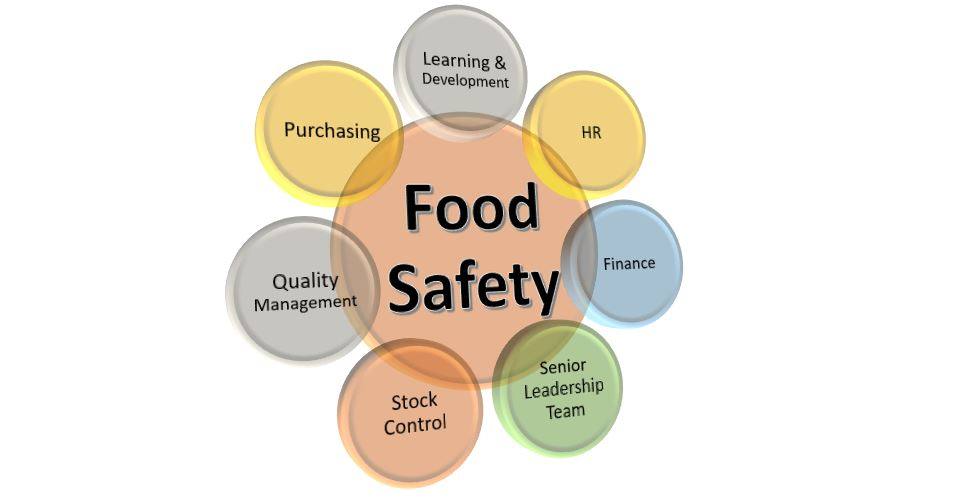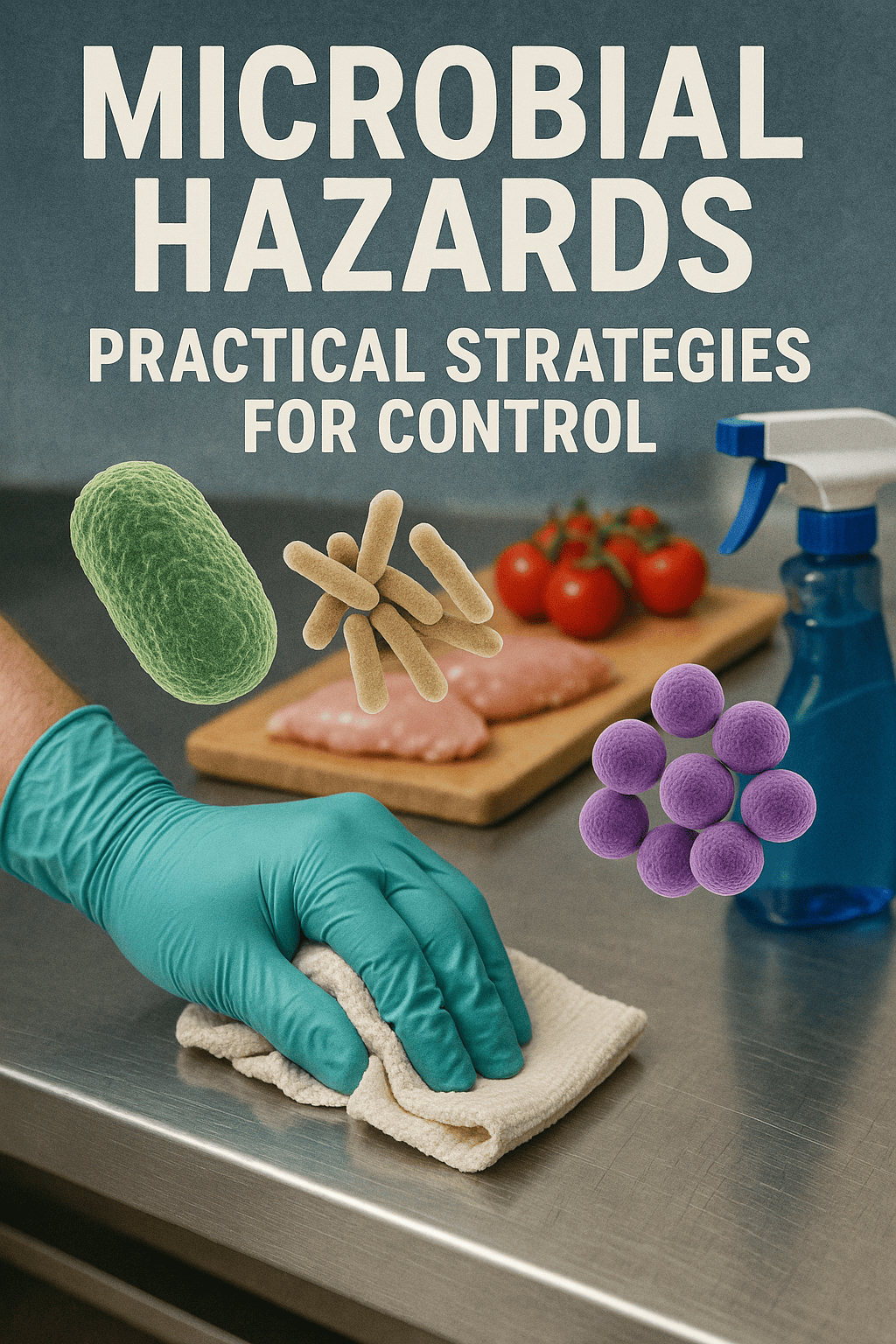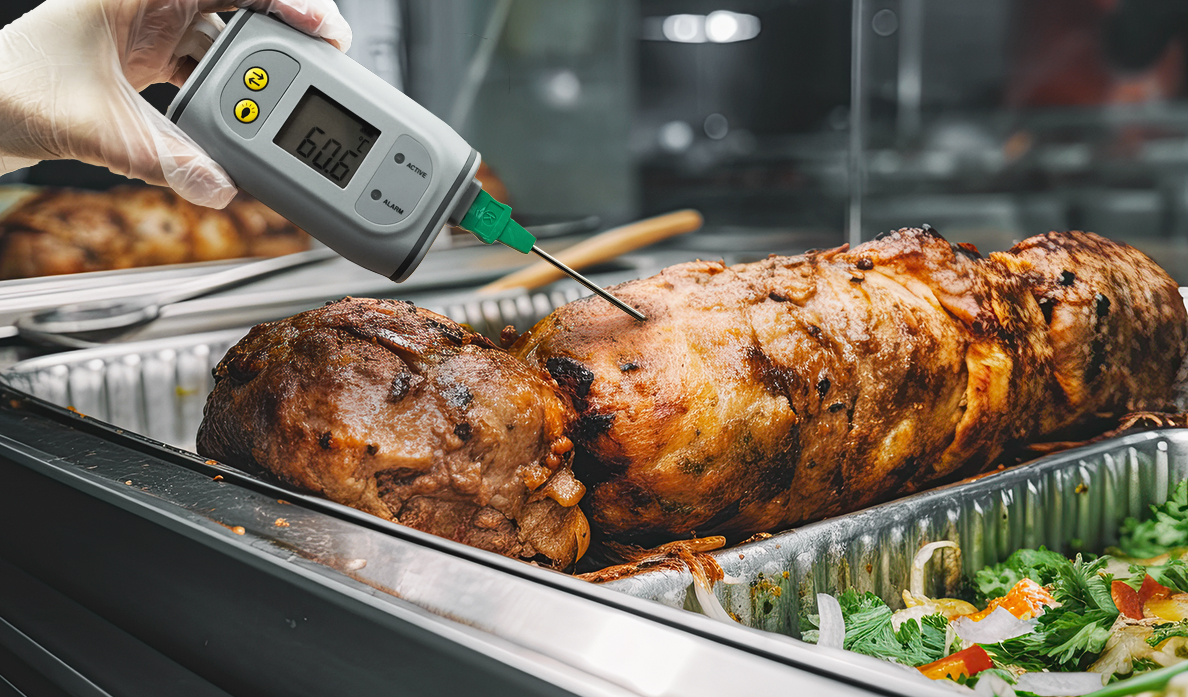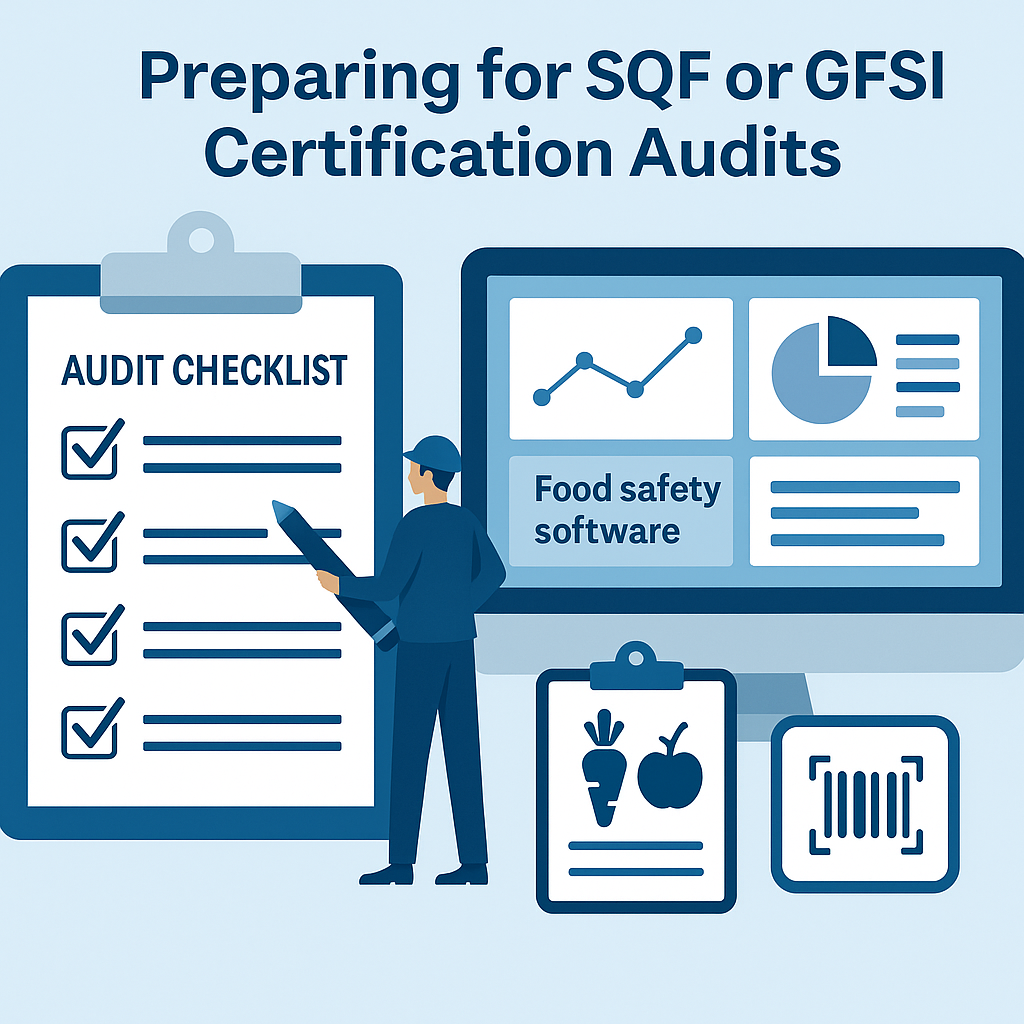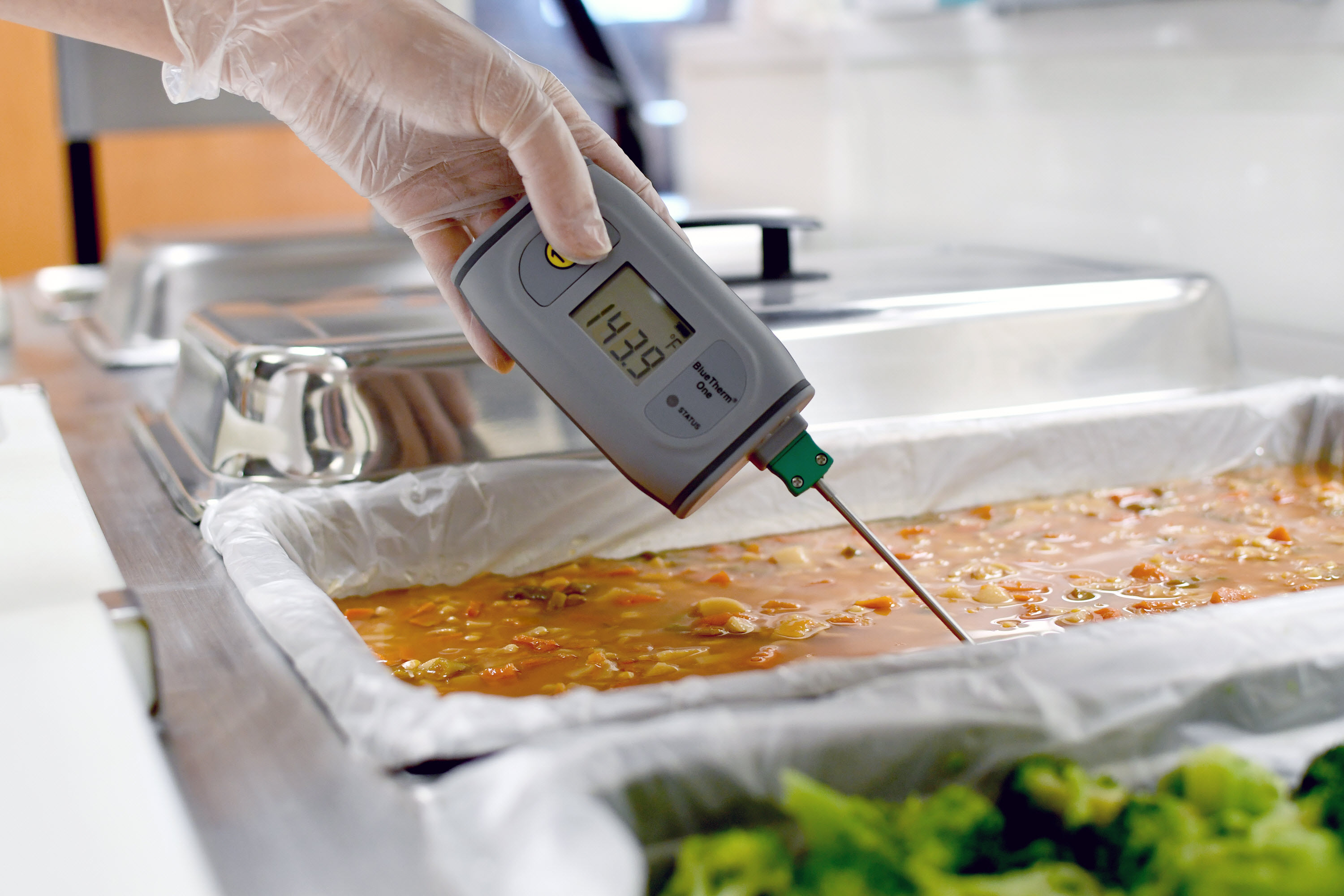In the dynamic world of food production and processing, maintaining high standards of food safety is not just a regulatory obligation, but a moral imperative. The stakes are high: a single lapse can not only lead to serious health risks for consumers but also cause irreparable damage to a brand’s reputation. Hence, cultivating a robust food safety culture is essential. This comprehensive guide aims to dissect the concept of food safety culture, outline key strategies for its successful implementation, and provide practical steps and examples to illuminate the path forward.
Understanding Food Safety Culture
Food safety culture refers to the collective behaviors, attitudes, and values of a company and its employees towards food safety. It's the backbone of a proactive approach to preventing foodborne illnesses and ensuring quality control. A robust food safety culture is evident when food safety is a top priority at all levels of an organization, from the executive suite to the production floor.
Step-by-Step Approach to Cultivating a Robust Food Safety Culture
Step 1: Leadership Commitment and Role Modeling
The journey to a robust food safety culture begins at the top. Leadership must not only endorse food safety policies but also actively model these behaviors. This involves:
- Clear communication of food safety as a core value.
- Visible participation in food safety training and initiatives.
- Allocation of resources to support food safety programs.
Step 2: Comprehensive Education and Training
Education is the cornerstone of understanding and compliance. Effective training programs should:
- Be ongoing and evolving to reflect the latest food safety standards and practices.
- Include hands-on, practical sessions for better engagement.
- Cover all levels of the organization to ensure a unified understanding of food safety principles.
Step 3: Effective Communication
Open and transparent communication channels are vital. This includes:
- Regular food safety meetings and updates.
- A platform for feedback and suggestions from employees.
- Clear guidelines on how to report food safety concerns.
Step 4: Accountability and Incentivization
A culture of accountability ensures that food safety practices are taken seriously. This involves:
- Clear responsibility and role definition in food safety protocols.
- Implementation of a reward system for adherence to food safety practices.
- Regular audits and assessments to monitor compliance.
Step 5: Integration of Food Safety Software
Incorporating food safety software is a game-changer. It offers:
- Document Management: Keeping records of procedures, training, and compliance.
- Traceability: Tracking products throughout the supply chain for quick response in case of a safety issue.
- Supplier Management: Ensuring suppliers adhere to food safety standards.
For instance, integrating a solution like NORMEX can streamline these processes, making them more efficient and less prone to human error.
Step 6: Continuous Improvement
A robust food safety culture is not static. It requires:
- Regular review and updating of food safety policies.
- Embracing new technologies and methods.
- Learning from past incidents to prevent future occurrences.
Examples in Action
- Case Study 1: A Large Dairy Company
A leading dairy producer implemented a comprehensive food safety training program for its staff, coupled with regular internal audits. They also integrated food traceability software, which significantly reduced response time in isolating and addressing a potential contamination issue.
- Case Study 2: A Multinational Food Processor
This company embraced a top-down approach to food safety. The executive team not only participated in food safety training but also regularly communicated the importance of these practices through internal newsletters and meetings. They utilized food safety software for document management and supplier monitoring, enhancing overall compliance and traceability.
Building a robust food safety culture is an ongoing process that demands commitment, resources, and a willingness to adapt and improve. By following the outlined steps and embracing technological aids like food safety software, organizations can safeguard against risks, ensure regulatory compliance, and most importantly, protect consumer health.
For those interested in exploring how food safety software can transform your organization's approach to food safety, consider booking a demo with NORMEX at https://normex.ca/demo. This hands-on experience will provide valuable insights into the practical application of these principles and how technology can aid in your journey towards a robust food safety culture.
Remember, a strong food safety culture is not just about following procedures; it's about creating an environment where every employee is an active participant in safeguarding the integrity and safety of the food supply chain.

